

How about playing an ancient game called enneas?



What will you need:
-Paper or cardboard
-Glue or tape
-Scissors
-Two players
How about playing an ancient game called enneas?
Grab some friends and play one of the most famous strategy games of antiquity! Print the enneas board and the game pieces, glue them onto thick cardboard if you like, and get ready to practice your skills in a game of tic-tac-toe... on a whole new level!
Do you like board games? People in the past certainly did! Whenever they hung out with friends, they seized the opportunity to play board games. Their games came in many forms and varieties. Sometimes, they were more elaborate, with decorated wooden boards and intricately carved pieces. Other times, they would simply carve the board onto the ground or stone and use pebbles as game pieces. How do we know all this? In many archaeological excavations, dice, game pieces, and boards have been discovered. Some craftsmen even painted on pottery scenes of friends playing board games. On the Acropolis, game boards such as the enneas have been found carved onto the monuments. Enneas was a game common among ancient civilizations and was played by two players. It requires a board made up of three squares of different sizes, nested within one another, and 18 pieces — 9 for each player. The players try to form lines of three (similar to tic-tac-toe), vertically and horizontally, along the squares. Forming a line of three (a triodin) allows a player to remove one of the opponent’s pieces. The winner is the player who ends up with the most pieces when the game is over.




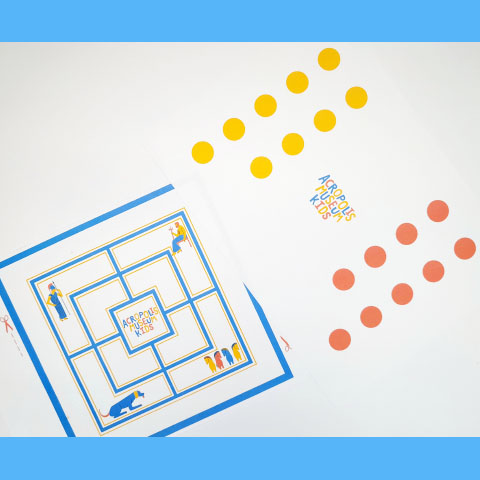
Print the board and the game pieces. Alternatively, you can use pebbles, beans or a DIY craft as game pieces.
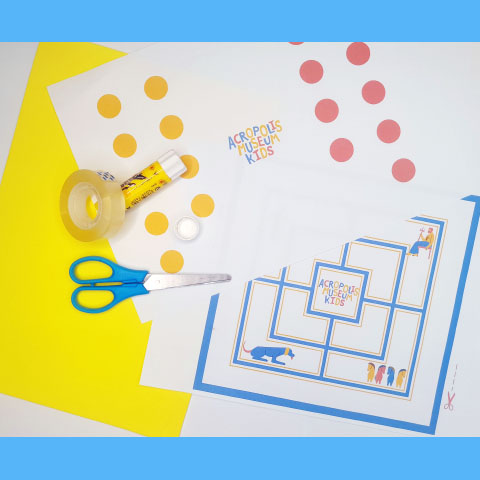
Cut and glue the pieces onto a thick cardboard or on any other material you want for stability.
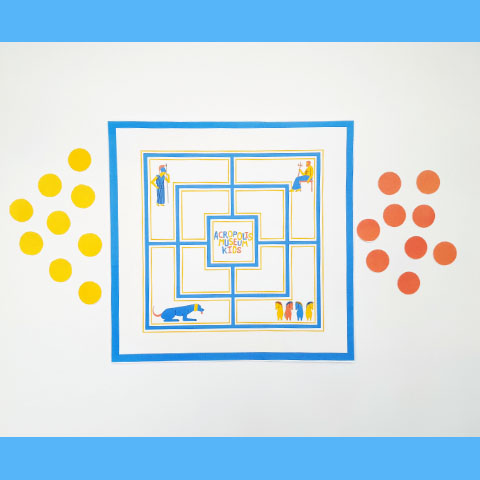
Set up the board and the pieces.

To decide who goes first, you can play 'rock, paper and scissors’, roll a die, or simply let the youngest player start.

The game begins with each player taking turns placing their pieces on the board. Pieces can be placed on the corners and the midpoints of the squares' sides.
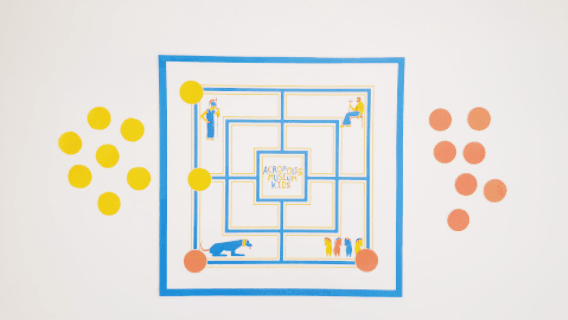
As soon as a player forms a line of three removes one of the opponent’s pieces from the board.
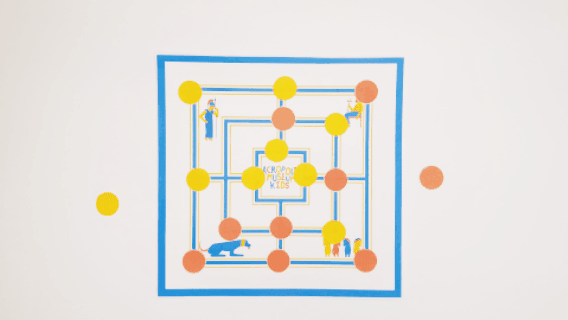
Once all the available pieces have been placed on the board, the game continues with players moving their pieces from their current positions to adjacent empty spots.
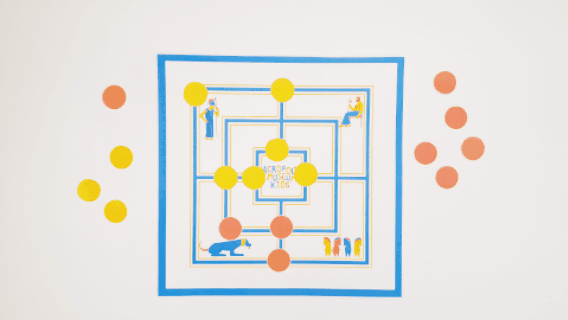
The game ends when one of the players is left with only two pieces.












 TRY AGAIN
TRY AGAIN 
 Continue
Continue 

